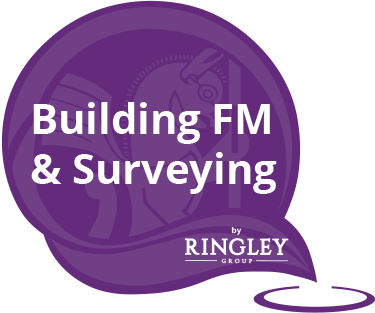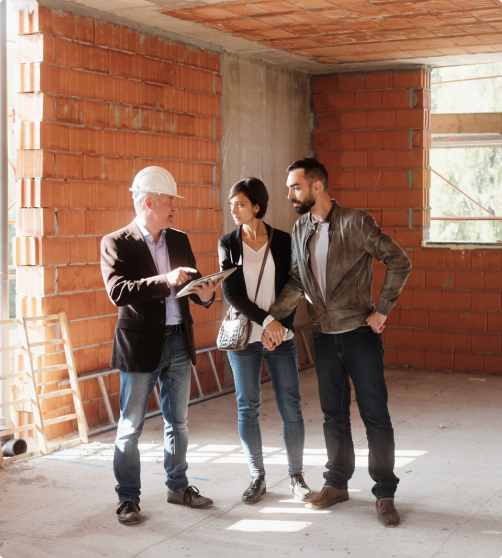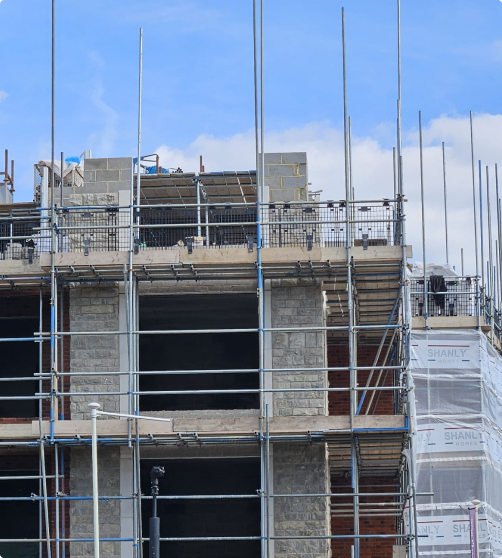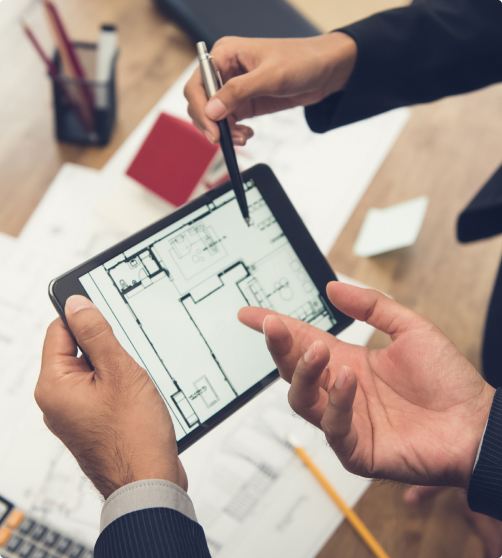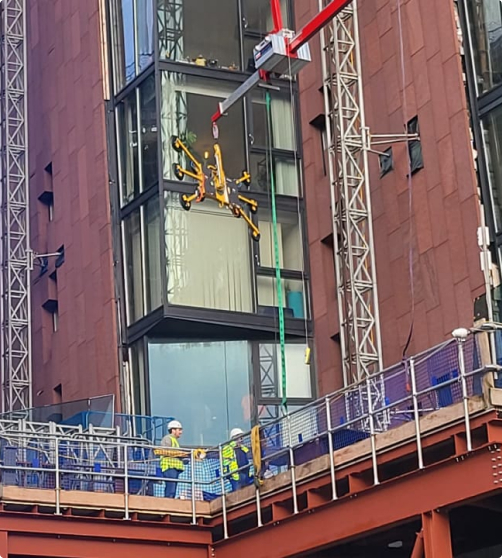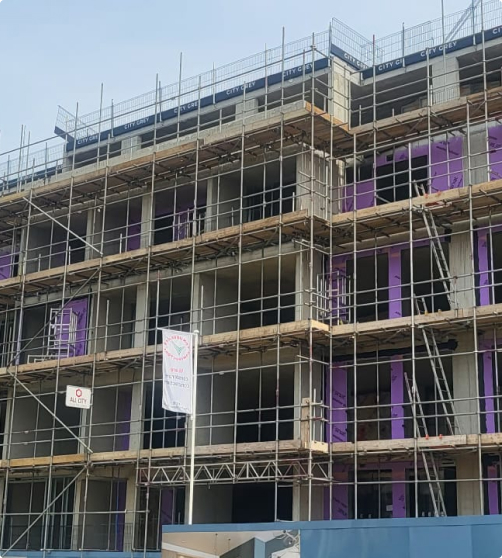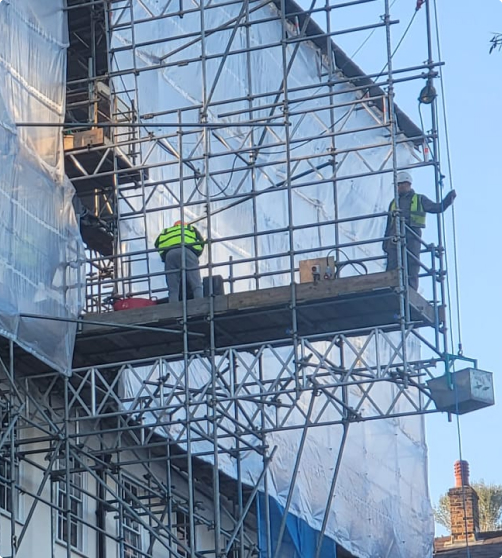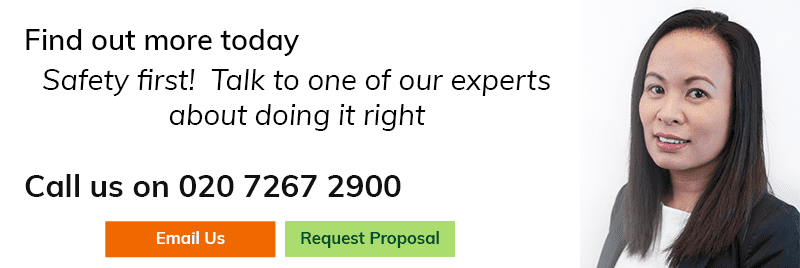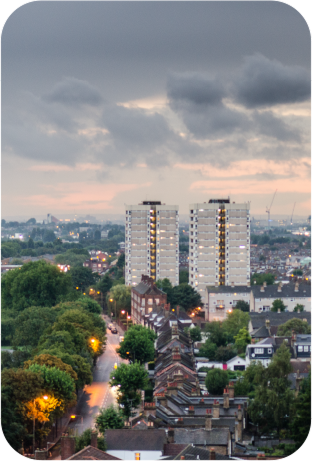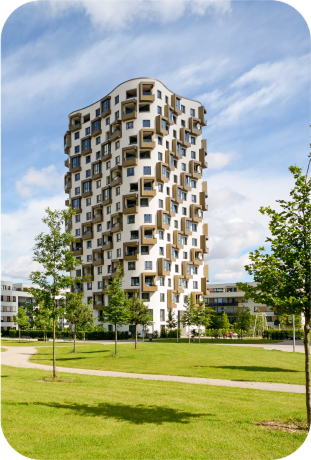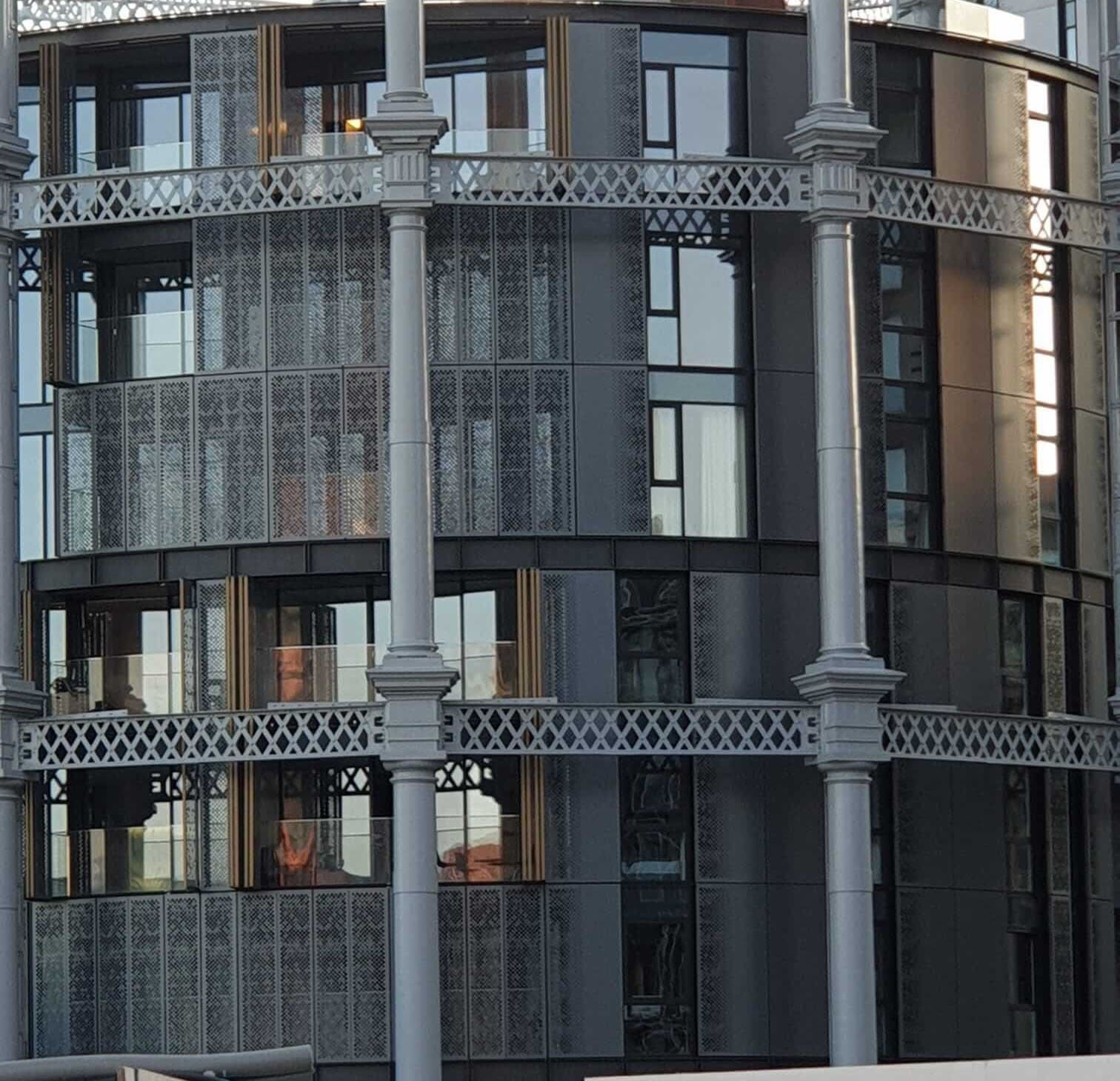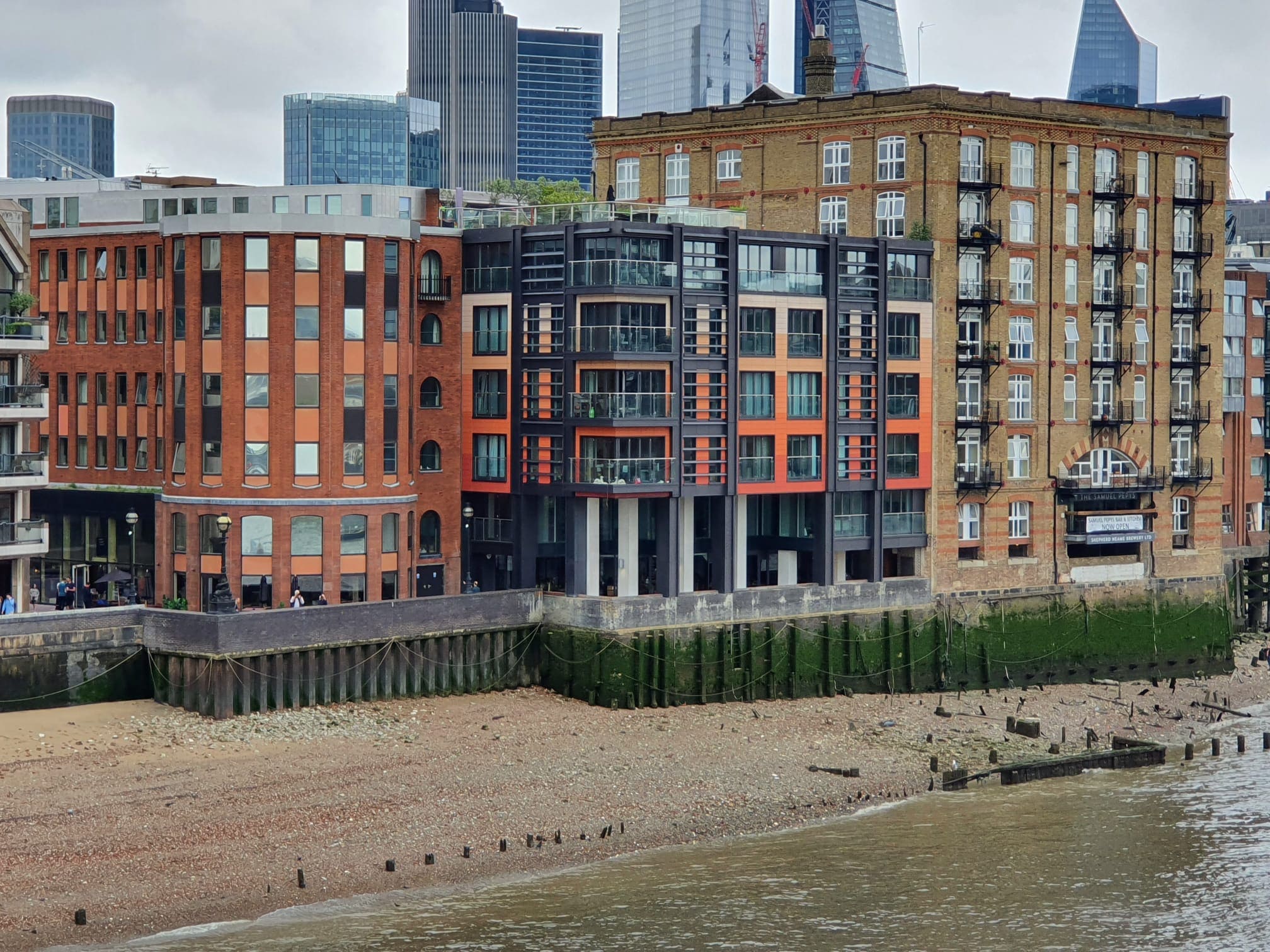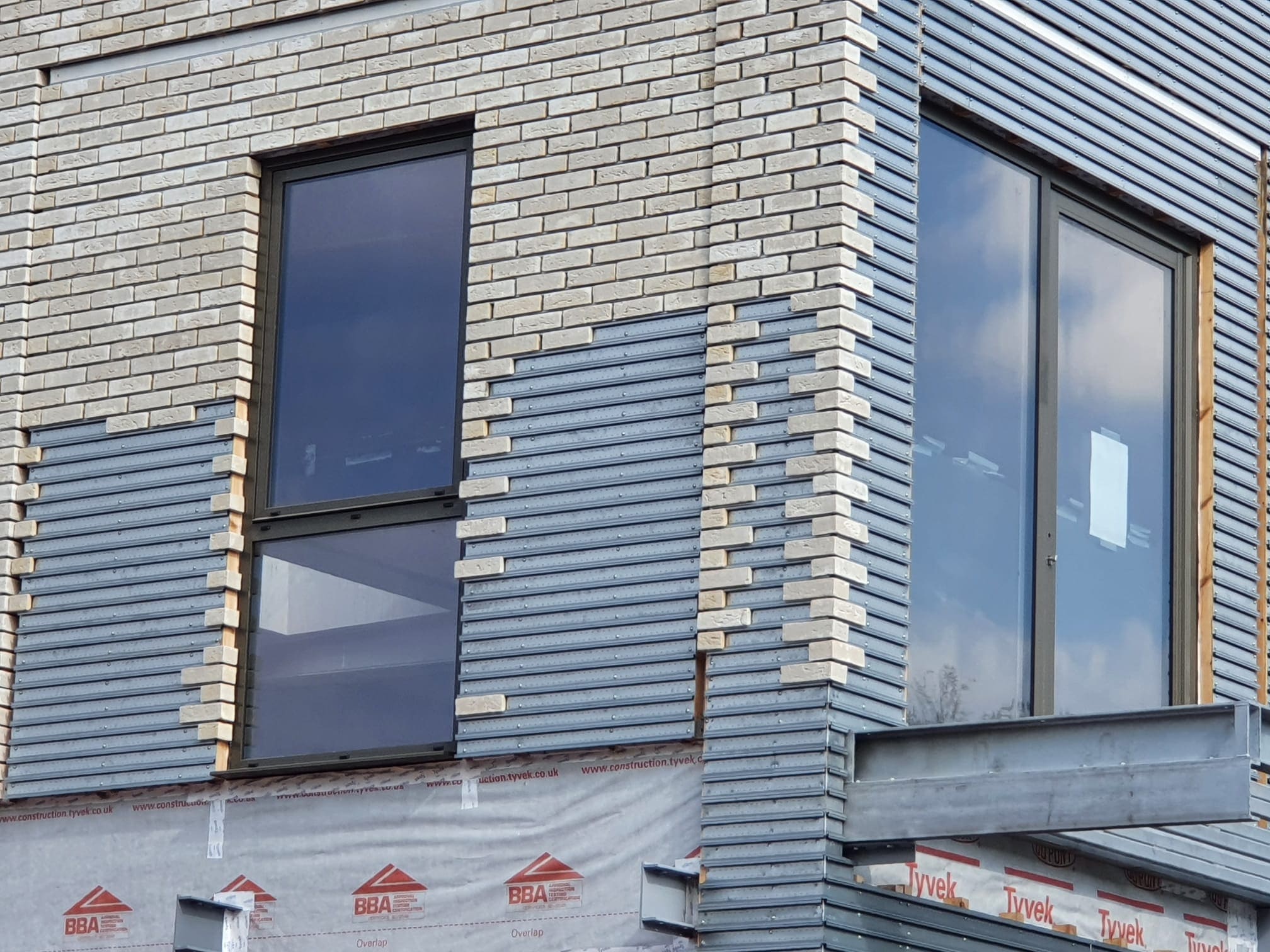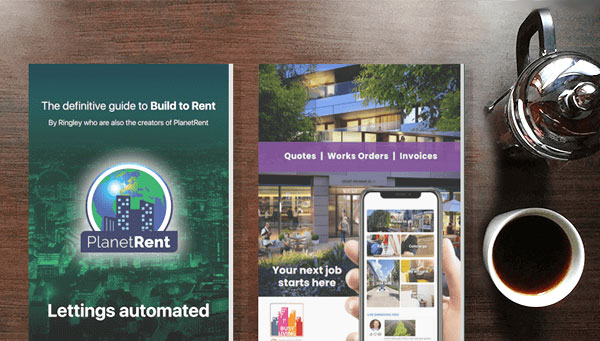Health & Safety cannot be fixed after the event, well documented risk planning must be integral to all projects. The current regulations are the Construction (Design & Management Regulations) (CDM) 2015
Construction regulations
"Health & Safety cannot be fixed after the event, well documented risk planning must be integral to all projects. The current regulations are the Construction (Design & Management Regulations) (CDM) 2015."
Health & Safety legislation has brought us the Construction Design & Management Regulations, role of the Principal Designer, the Health & Safety file and Regulation 38 Fire Design & Strategy information to reduce deaths and injuries on construction sites.
CDM & Planning Supervision Work, Development Consultant
The CDM Regulations create a number of legal obligations on ‘duty holders’, which orders that Health & Safety of a construction project, is considered at the earliest stage of design, throughout the project and beyond completion, including ongoing maintenance – a life cycle approach.
Objectives and Legal Requirements
The objectives of The Construction (Design & Management Regulations) (CDM) 2015 are to:
- sensibly plan the work so the risks involved are managed from start to finish
- have the right people for the right job at the right time
- cooperate and coordinate the work with others involved
- have the right information about the risks and how they are being managed
- communicate this information effectively to those who need to know
- consult and engage with all workers about the risks and how they are being managed
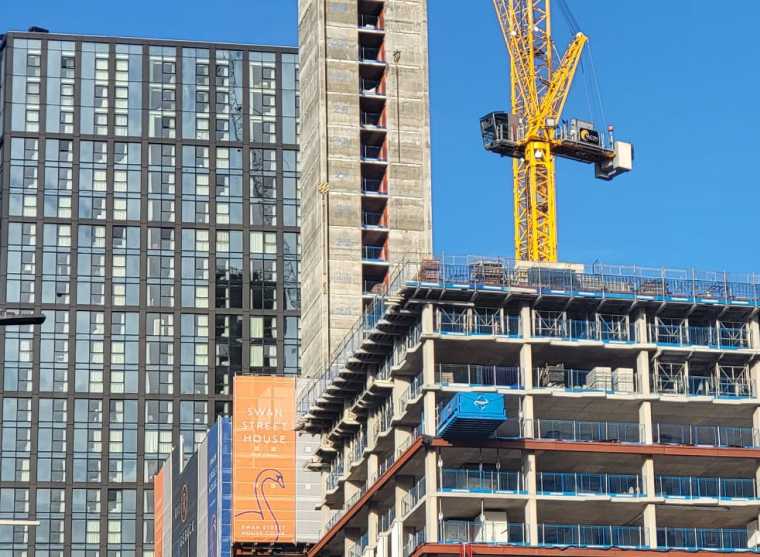
Virtually everyone involved in a construction project has legal duties under The Construction (Design & Management Regulations) (CDM) 2015. These duty holders are defined as follows.
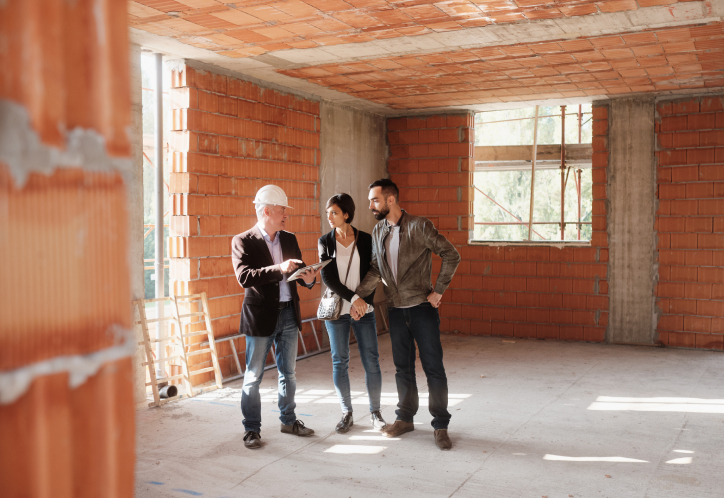
Client
Anyone who has construction work carried out for them.
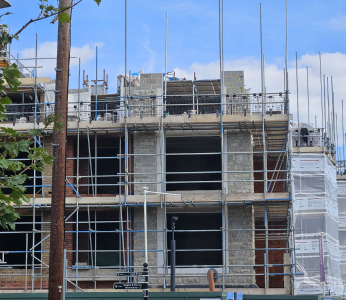
Designer
An organisation or individual whose work involves preparing or modifying designs, drawings, specifications, bills of quantity or design calculations.

Principal Designer
A designer appointed by the client, to control the pre-construction phase on projects with more than one contractor.
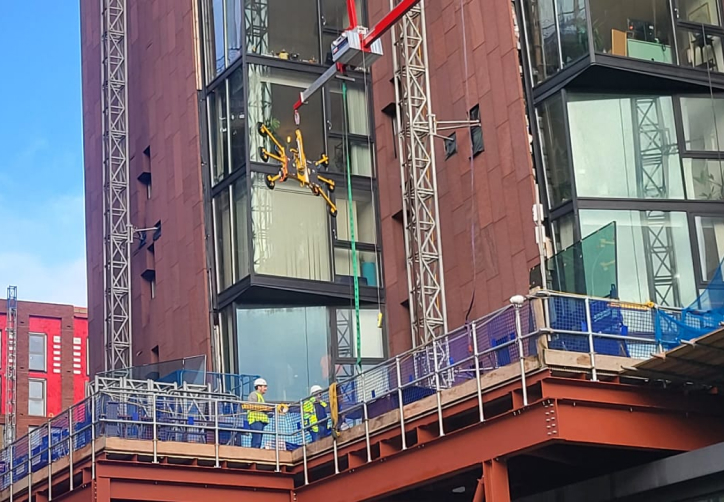
Principal Contractor
A contractor appointed by the client to manage the construction phase on projects with more than one contractor.
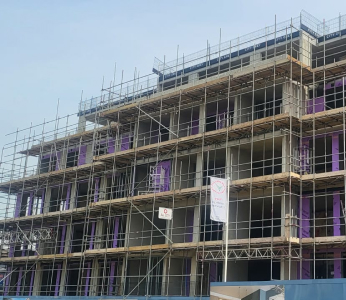
Contractor
An individual or business in charge of carrying out construction work (eg building, altering, maintaining or demolishing).
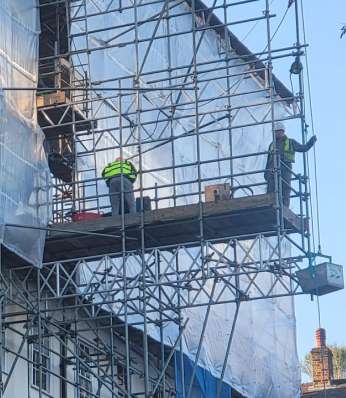
Worker
An individual who actually carries out the work involved in building, altering, maintaining or demolishing buildings or structures.
Tips & Advice
- It is a criminal offence to not comply with The Construction (Design & Management Regulations) (CDM) 2015.
- Where construction work is expected to last more than 30 working days or 500 man days, the Health & Safety Executive must be formally notified, by submission of a prescribed form – F10.
- Within The Construction (Design & Management Regulations) (CDM) 2015, it is the clients duty (Regulation 6), to notify the Health & Safety Executive with the F10 as soon as possible. In practice the Principle Designer provides the information and completes and submits the F10 form, on behalf of the client.
- Appoint the right and competent people
- Ensure suitable management arrangements are in place
- Ensure workplace is designed correctly, reduce, control or eliminate risks
- Ensure The H&S Plan is in place
- Obtain and keep The H&S File
What happens if you don’t comply with client duties?
It is more likely that there will be a dangerous or fatal incident on site, if you don’t follow CDM 2015 Regulations. Furthermore, your finished structure may not be safe to maintain and this may prove to be bad value for money.
If you fail to appoint CDM Principal Designer and Principal Contractor or fail to notify the HSE on notifiable projects, it will mean that you are legally liable if the things that they should have done aren’t actually done. Breaches of H&S Legislation on your construction project could result in construction work being stopped and investigated by the HSE, with potentially expensive additional work required to put things right. Serious breaches or significant incidents, will result in investigation by the HSE and may well lead to you being prosecuted.
Our experienced, dedicated and professional team can prepare and check all CDM 2015 requirements and applicability for you and act as your CDM Principal Designer.
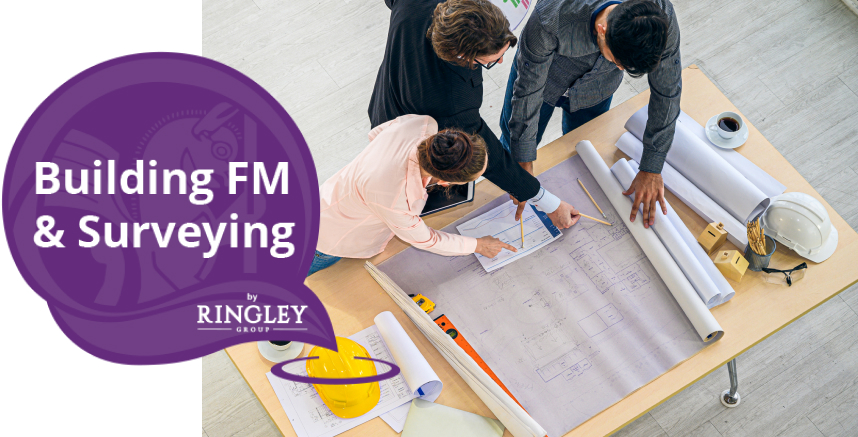
Without a schedule, how would you negotiate repairs due or alleged? Don’t take on a lease without one.
Call us
020 7267 2900Email us
md@ringley.co.ukHealth & Safety legislation has brought us the Construction Design & Management Regulations, role of the Principal Designer, the Health & Safety file and Regulation 38 Fire Design & Strategy information to reduce deaths and injuries on construction sites.
The CDM Regulations create a number of legal obligations on ‘duty holders’, which orders that Health & Safety of a construction project, is considered at the earliest stage of design, throughout the project and beyond completion, including ongoing maintenance – a life cycle approach.
The objectives of The Construction (Design & Management Regulations) (CDM) 2015 are to:
- sensibly plan the work so the risks involved are managed from start to finish
- have the right people for the right job at the right time
- cooperate and coordinate the work with others involved
- have the right information about the risks and how they are being managed
- communicate this information effectively to those who need to know
- consult and engage with all workers about the risks and how they are being managed
Virtually everyone involved in a construction project has legal duties under The Construction (Design & Management Regulations) (CDM) 2015. These duty holders are defined as follows.
-
Client
Anyone who has construction work carried out for them. The main duty for clients is to make sure their project is suitably managed, ensuring the health and safety of all who might be affected by the work, including members of the public. CDM 2015 recognises two types of client:
- commercial clients have construction work carried out as part of their business. This could be an individual, partnership or company and includes property developers and companies managing domestic properties
- domestic clients have construction work carried out for them but not in connection with any business – usually work done on their own home or the home of a family member. CDM 2015 does not require domestic clients to carry out client duties as these normally pass to other duty holders
-
Designer
An organisation or individual whose work involves preparing or modifying designs, drawings, specifications, bills of quantity or design calculations. Designers can be architects, consulting engineers and quantity surveyors, or anyone who specifies and alters designs as part of their work. They can also include tradespeople if they carry out design work. The designer's main duty is to eliminate, reduce or control foreseeable risks that may arise during construction work, or in the use and maintenance of the building once built. Designers work under the control of a Principal Designer on projects with more than one contractor.
-
Principal Designer
A designer appointed by the client, to control the pre-construction phase on projects with more than one contractor. The principal designer's main duty is to plan, manage, monitor and coordinate health & safety during this phase, when most design work is carried out.
-
Principal Contractor
A contractor appointed by the client to manage the construction phase on projects with more than one contractor. The principal contractor's main duty is to plan, manage, monitor and coordinate health and safety during this phase, when all construction work takes place.
-
Contractor
An individual or business in charge of carrying out construction work (eg building, altering, maintaining or demolishing). Anyone who manages this work or directly employs or engages construction workers is a contractor. Their main duty is to plan, manage and monitor the work under their control in a way that ensures the health and safety of anyone it might affect (including members of the public). Contractors work under the control of the principal contractor on projects with more than one contractor.
-
Worker
An individual who actually carries out the work involved in building, altering, maintaining or demolishing buildings or structures. Workers include: plumbers, electricians, scaffolders, painters, decorators, steel erectors and labourers, as well as supervisors like foremen and charge hands. Their duties include cooperating with their employer and other duty holders, reporting anything they see that might endanger the health and safety of themselves or others. Workers must be consulted on matters affecting their health, safety and welfare.
- It is a criminal offence to not comply with The Construction (Design & Management Regulations) (CDM) 2015.
- Where construction work is expected to last more than 30 working days or 500 man days, the Health & Safety Executive must be formally notified, by submission of a prescribed form – F10.
- Within The Construction (Design & Management Regulations) (CDM) 2015, it is the clients duty (Regulation 6), to notify the Health & Safety Executive with the F10 as soon as possible. In practice the Principle Designer provides the information and completes and submits the F10 form, on behalf of the client.
It is more likely that there will be a dangerous or fatal incident on site, if you don’t follow CDM 2015 Regulations. Furthermore, your finished structure may not be safe to maintain and this may prove to be bad value for money.
If you fail to appoint CDM Principal Designer and Principal Contractor or fail to notify the HSE on notifiable projects, it will mean that you are legally liable if the things that they should have done aren’t actually done. Breaches of H&S Legislation on your construction project could result in construction work being stopped and investigated by the HSE, with potentially expensive additional work required to put things right. Serious breaches or significant incidents, will result in investigation by the HSE and may well lead to you being prosecuted.
- Appoint the right and competent people
- Ensure suitable management arrangements are in place
- Ensure workplace is designed correctly, reduce, control or eliminate risks
- Ensure The H&S Plan is in place
- Obtain and keep The H&S File
Our experienced, dedicated and professional team can prepare and check all CDM 2015 requirements and applicability for you and act as your CDM Principal Designer.
